Plants by mail order since 1984, over 4100 plants online today
Nursery & Gardens open: Mon - Sat 8:30 - 17:00 & Sun 10:00 - 16:00
Pop up café: open weather dependent
- Shop Now
- Burncoose Specialities
- This Month
- Offers & Promotions
- RHS Chelsea Flower Show 2024
- 40 years at Burncoose
- Engage With Us
- Information, Help & Advice
- About Us & Our Services
- Terms & Conditions
- Log In / Register
OLEA
Commonly known as Olive
Genus of about 40 species of evergreen trees and shrubs often found in dry, rocky places in the Mediterranean and Africa to Central Asia and Australasia.
Further Reading....
-
EvergreenLeathery, elliptic to lance-shaped, irregularly-toothed leaves to 8cm (3in) long, grey-green above, silvery grey-green beneath.
-
 Height10m (33ft)
Height10m (33ft) -
 Spread10m (33ft)
Spread10m (33ft) -
FruitPlants which produce an edible or ornamental fruit
-
Tall ShrubOr slow-growing tree developing a rounded head. Produces fruit to 4cm (1½in) long
-
Zero Rated ItemNo VAT on this plant
-
 Half hardy - unheated greenhouse / mild winterHardy in coastal and relatively mild parts of the UK except in severe winters and a risk from sudden (early) frosts. May be hardy elsewhere with wall shelter or good micro-climate. Likely to be damaged or killed in cold winters. Plant can withstand temperatures down to -5°C (23°F)
Half hardy - unheated greenhouse / mild winterHardy in coastal and relatively mild parts of the UK except in severe winters and a risk from sudden (early) frosts. May be hardy elsewhere with wall shelter or good micro-climate. Likely to be damaged or killed in cold winters. Plant can withstand temperatures down to -5°C (23°F) -
 Full sun
Full sun
- Details
- Mature Size
- Tips and Advice
- Goes Well With
- Planting Combinations
- Other Suggestions
- See Also...
-
Additional Features
 Good to knowSelf-pollinating form. Can be pruned to shape. Ultimate size in 20-50 years
Good to knowSelf-pollinating form. Can be pruned to shape. Ultimate size in 20-50 years Medicinal properties
Medicinal properties Pests & DiseasesScale insects.
Pests & DiseasesScale insects. Place of originMediterranean.Resistant to honey fungusThese plants have little or few problems with honey fungus.
Place of originMediterranean.Resistant to honey fungusThese plants have little or few problems with honey fungus. -
Flower ShapePaniclesAxillary panicles to 5cm (2in) long
-
Garden Location/ConditionsSub-tropical / mediterraneanSuitable for small gardens
-
HardinessFrost hardy (down to -5)
-
Pruning group
 Pruning group 1Suitable for: Deciduous and evergreen trees, and some deciduous shrubs.
Pruning group 1Suitable for: Deciduous and evergreen trees, and some deciduous shrubs.
Pruning: Minimal pruning required. Prune wayward or crossing branches to maintain a healthy framework.
When: When dormant in the late winter/early spring. Some in the summer/autumn to prevent bleeding of sap.
-
Scented PlantsScented flowers
-
Seasonal InterestSummer
-
Soil ConditionsFertile well drained soilWith sharp drainage
-
Tree ShapeRounded to broadly spreading
Olea - Growing Guide
|
10m (33ft)
|
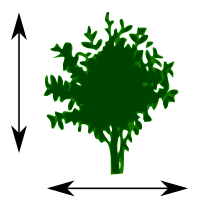
|

|
|
10m (33ft) |











ABUTILON megapotamicum
Trailing abutilon
Available from £15.50

CALYCANTHUS 'Aphrodite'
Available from £47.50

CHAMAEROPS humilis
Mediterranean fan palm, Dwarf fan palm
Available from £27.50

CISTUS x corbariensis
Rock rose
Available from £14.50

ECHIUM pininana
Tree echium
Available from £16.00

FICUS carica 'Brown Turkey'
Common fig
Available from £18.50

RHAPHIOLEPIS indica
Indian hawthorn

SPARRMANNIA africana
African hemp, Rumslind tree
Available from £15.00

TETRAPANAX papyrifera 'Rex'
Rice-paper tree
Available from £30.00

VITIS
Grape vine
Buy Varieties of OLEA
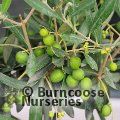
OLEA europaea
Common olive
small white flowers and leathery green leaves, silver beneath
Useful extras...

Fertilisers & Feeds - Vitax
Q4 Pelleted Fertiliser
A useful fertiliser suitable for use on a wide variety of plants. Q4 provides all the nutrients and trace elements essential for vigorous growth, abundant flowering and ripening of fruit.
3 options from £6.00

Fertilisers & Feeds - Empathy
Rootgrow mycorrhizal fungi
Recommended by the RHS. Contains Rootgrow™ mycorrhizal fungi. Suitable for all trees and shrubs (except rhododendrons, azaleas, heathers, cranberries and blueberries)
3 options from £3.00

Fertilisers & Feeds - Empathy
All-purpose Seaweed Stimulant
All-purpose organic concentrated seaweed feed that is a ready to use, derived from sustainable harvested kelp, that can be used on all outdoor and indoor plants, except acid loving plants.
Perfect used in conjunction with Rootgrow™.
Only £7.50
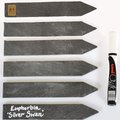
Garden Goodies
Slate Plant Labels
These wonderfully tactile natural slate plant labels are hand made in Cornwall and come with a chalk pen.
Just stick them in your pot or border. Pack of 6.
Only £10.00

Garden Goodies
Slate Tie-on Plant Labels
Hand made in Cornwall, these delightful natural slate labels are perfect for pots.
Comes with chalk pen. Pack of 5
Only £10.00

Garden Goodies
Max/Min Digital Thermometer
Thermometer which displays current temperature in the centre, with Max above and min below.
Suitable for use outdoors or in the greenhouse / conservatory.
With batteries included
Only £20.00


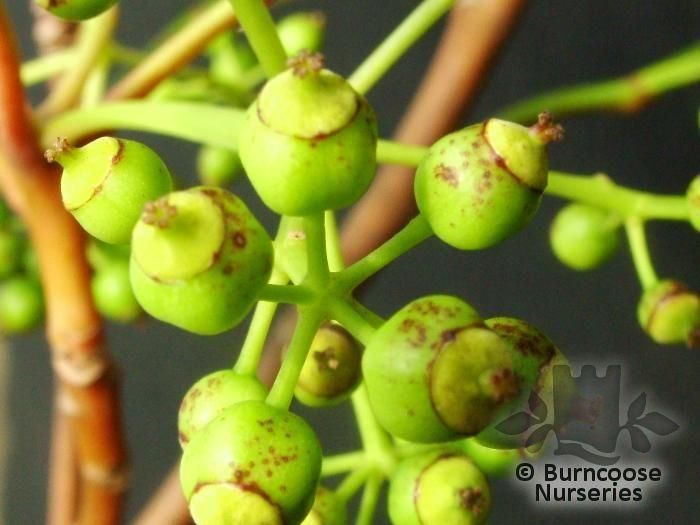


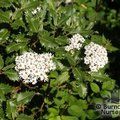
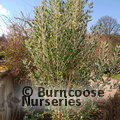
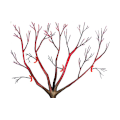







 Gift-wrapping available
Gift-wrapping available




